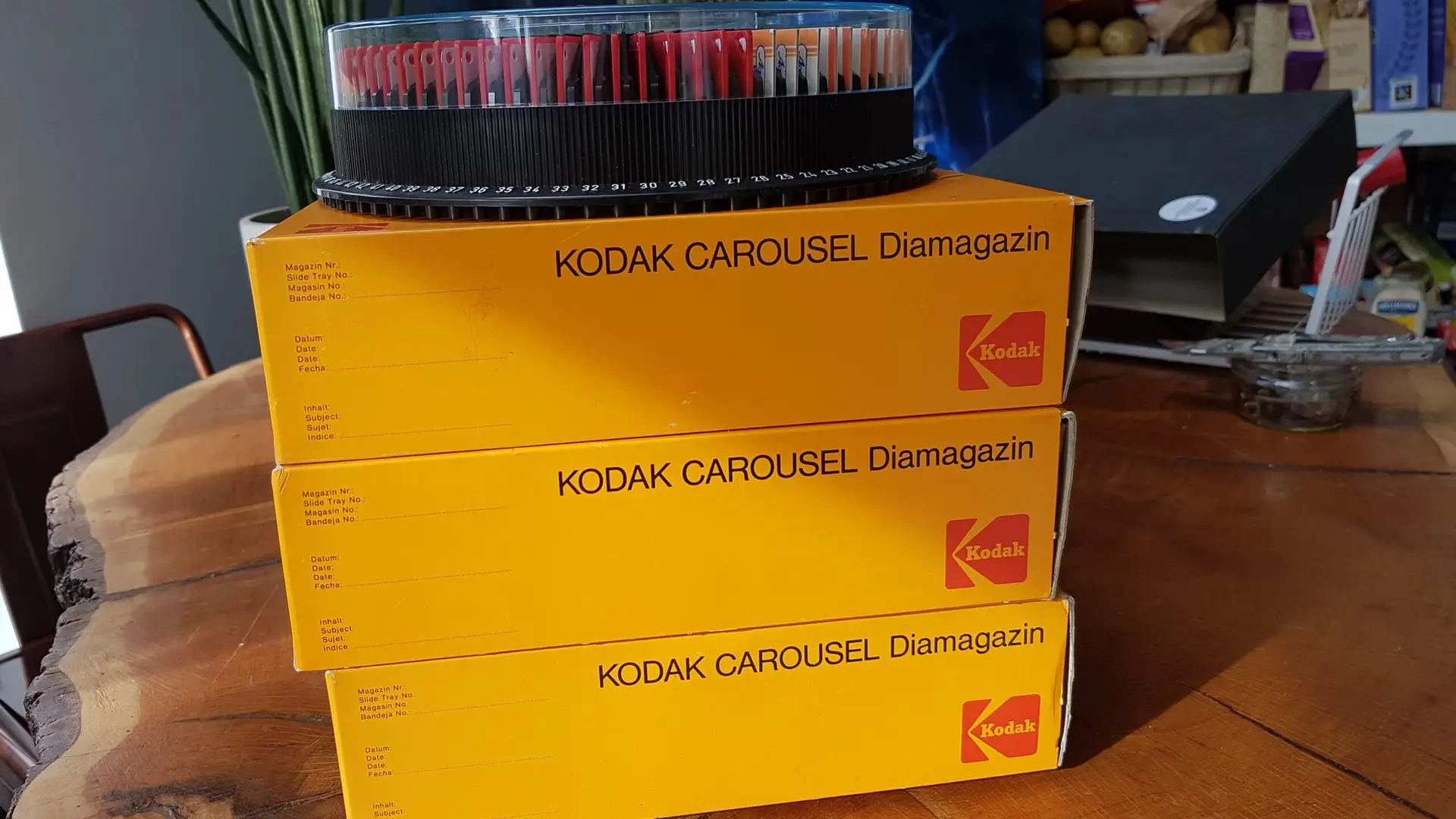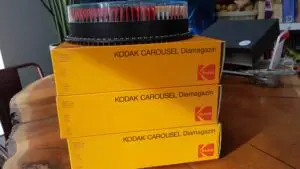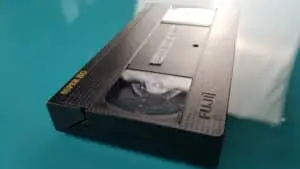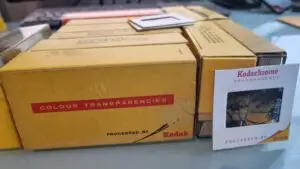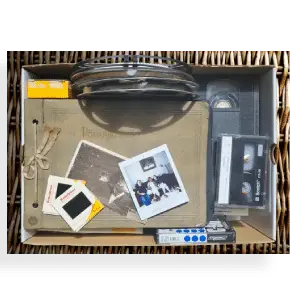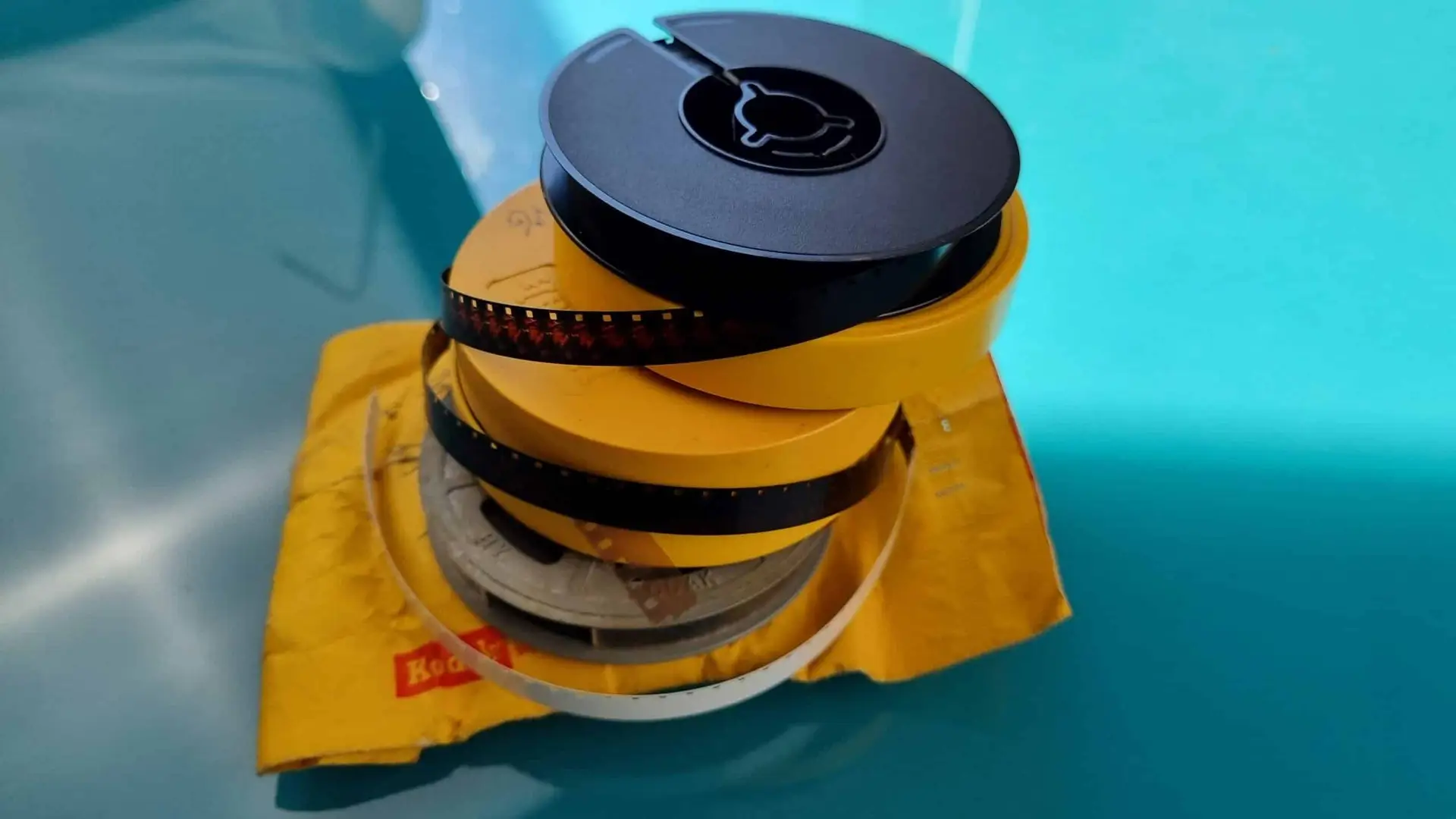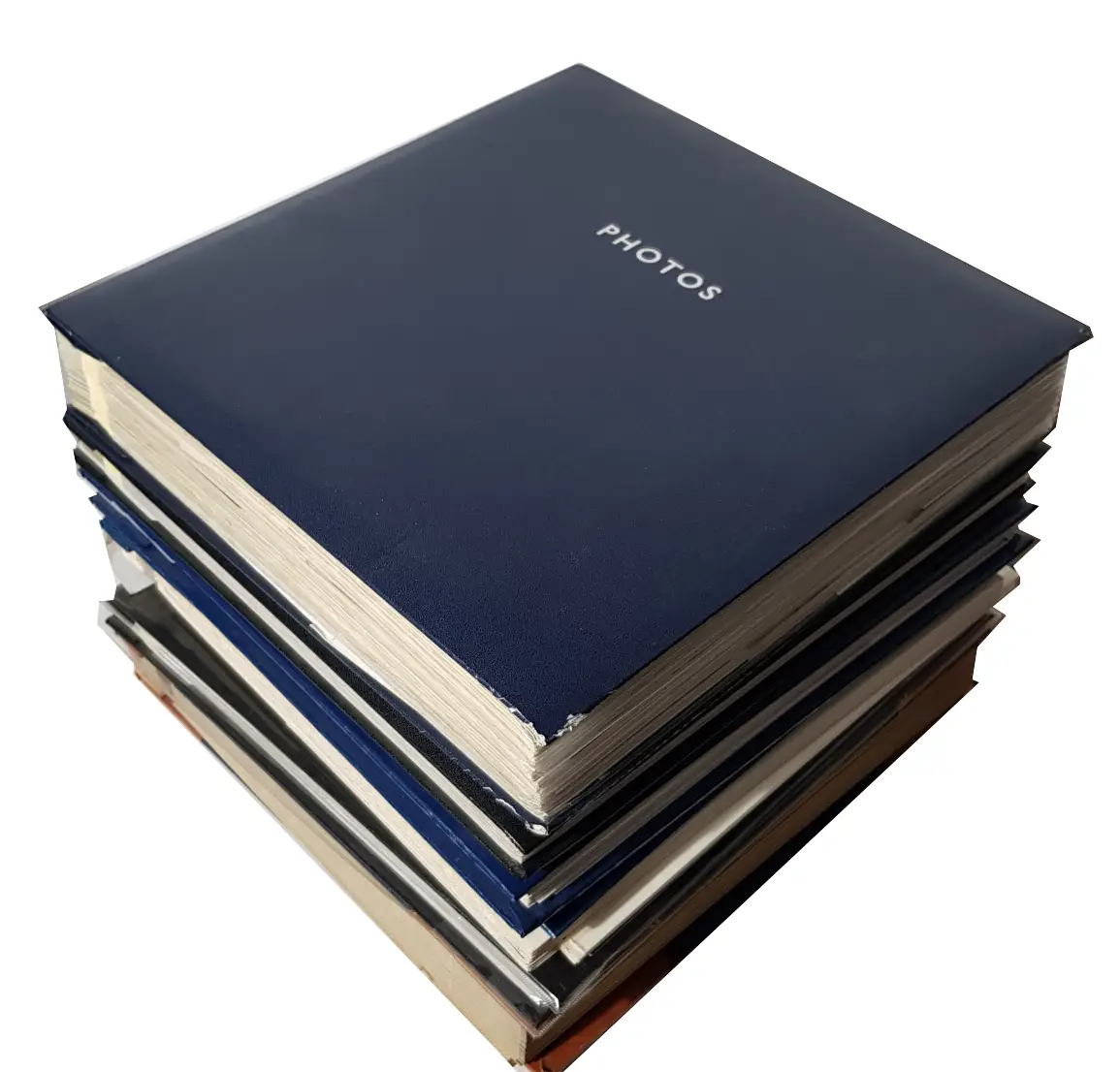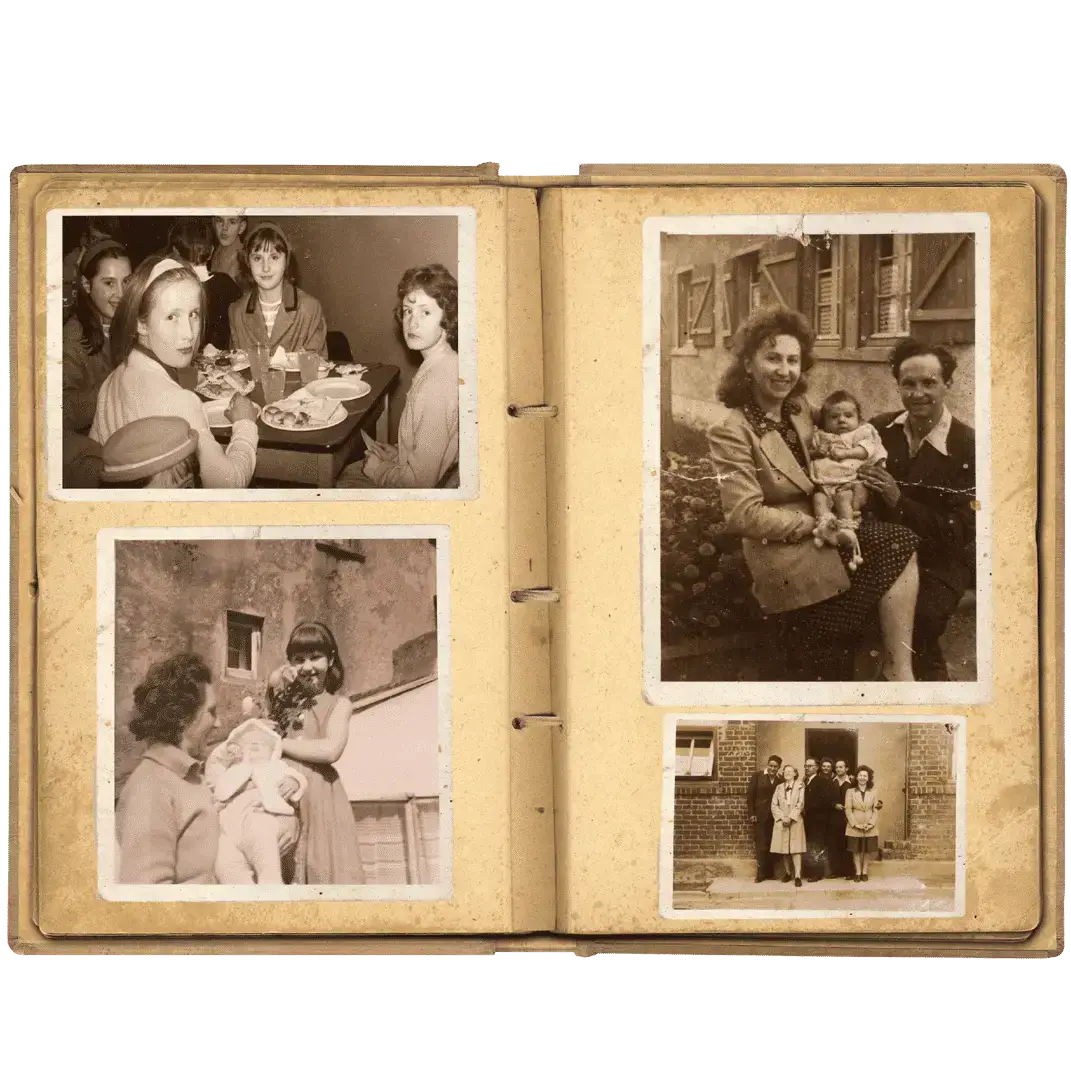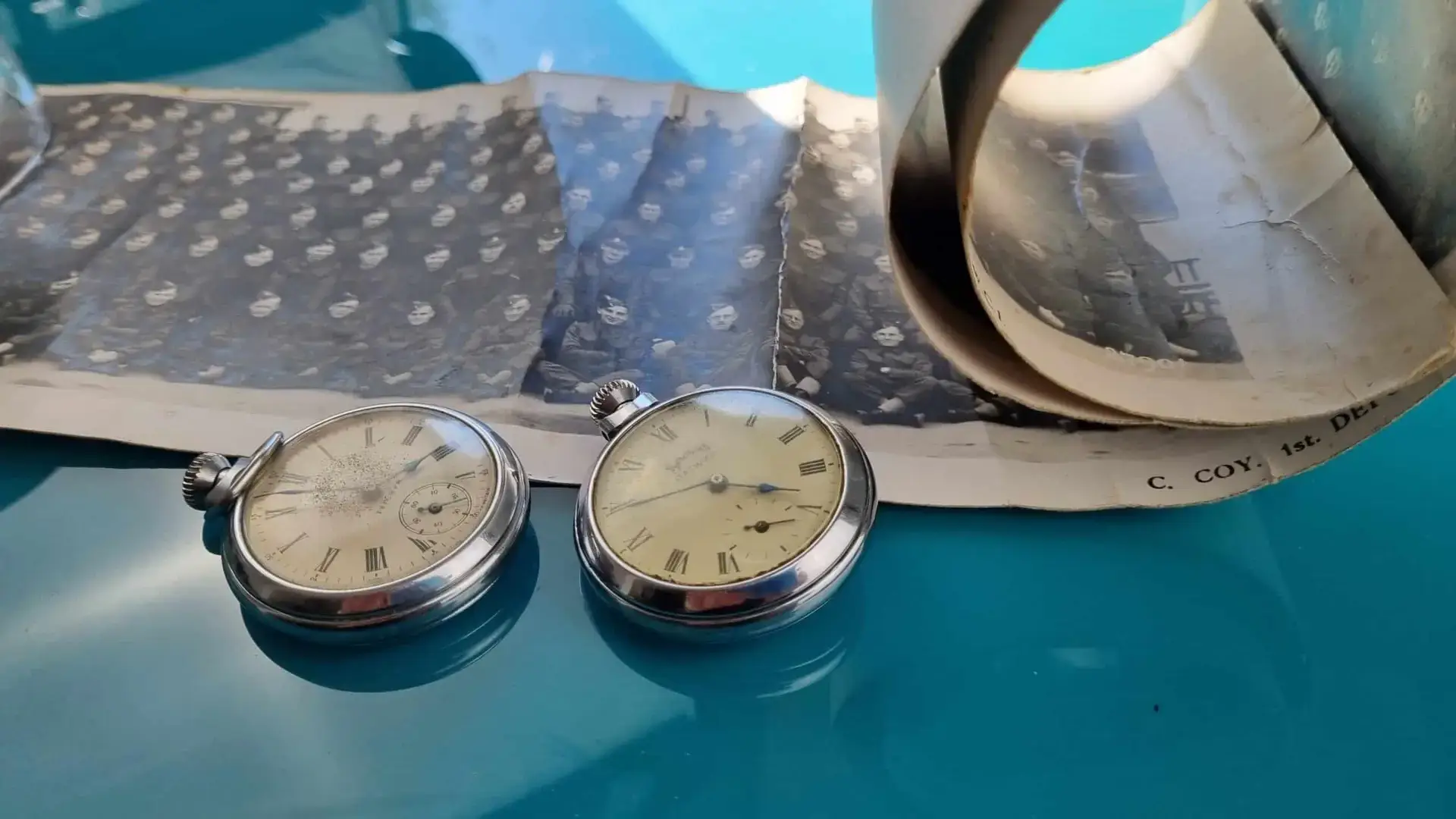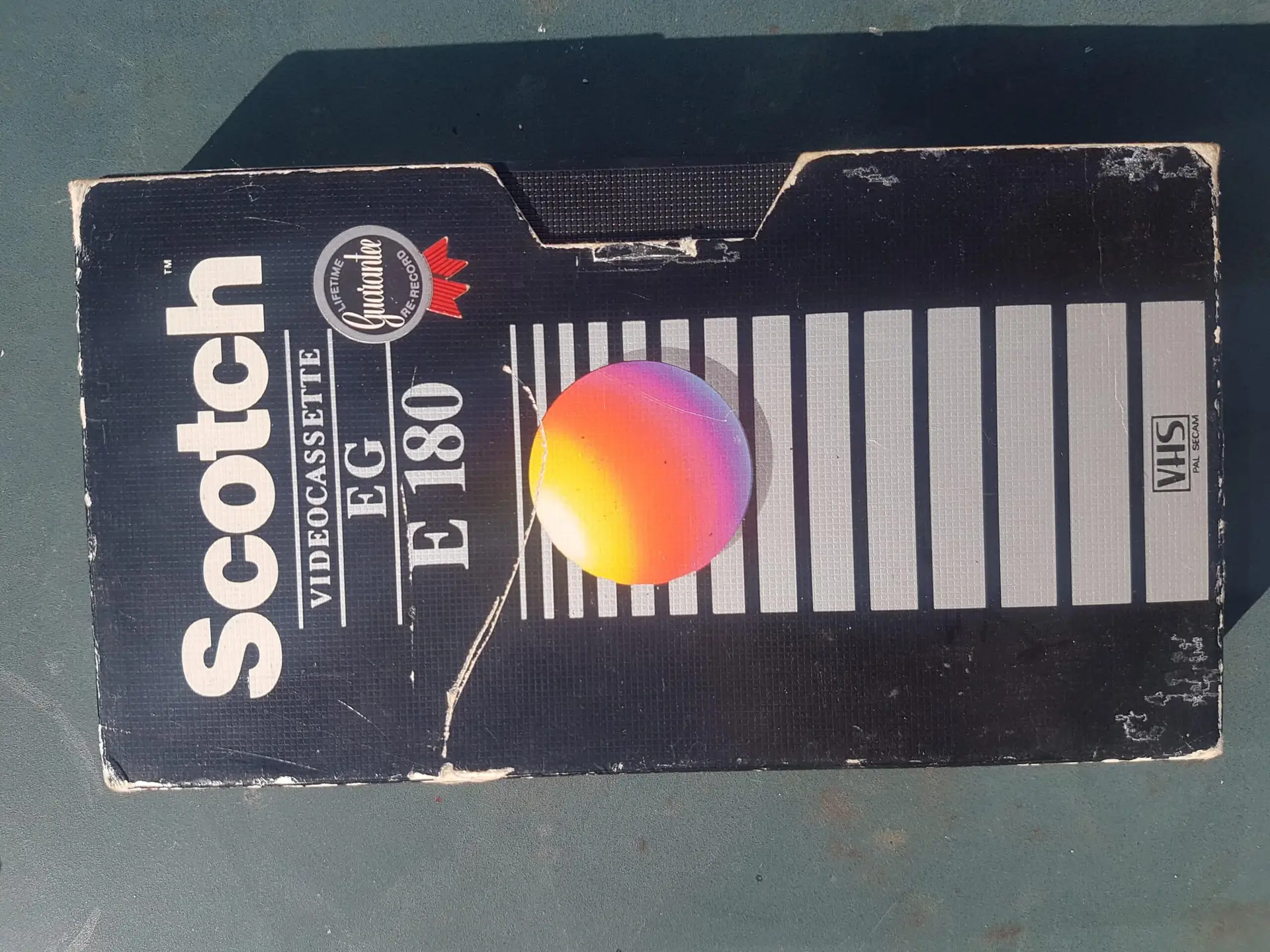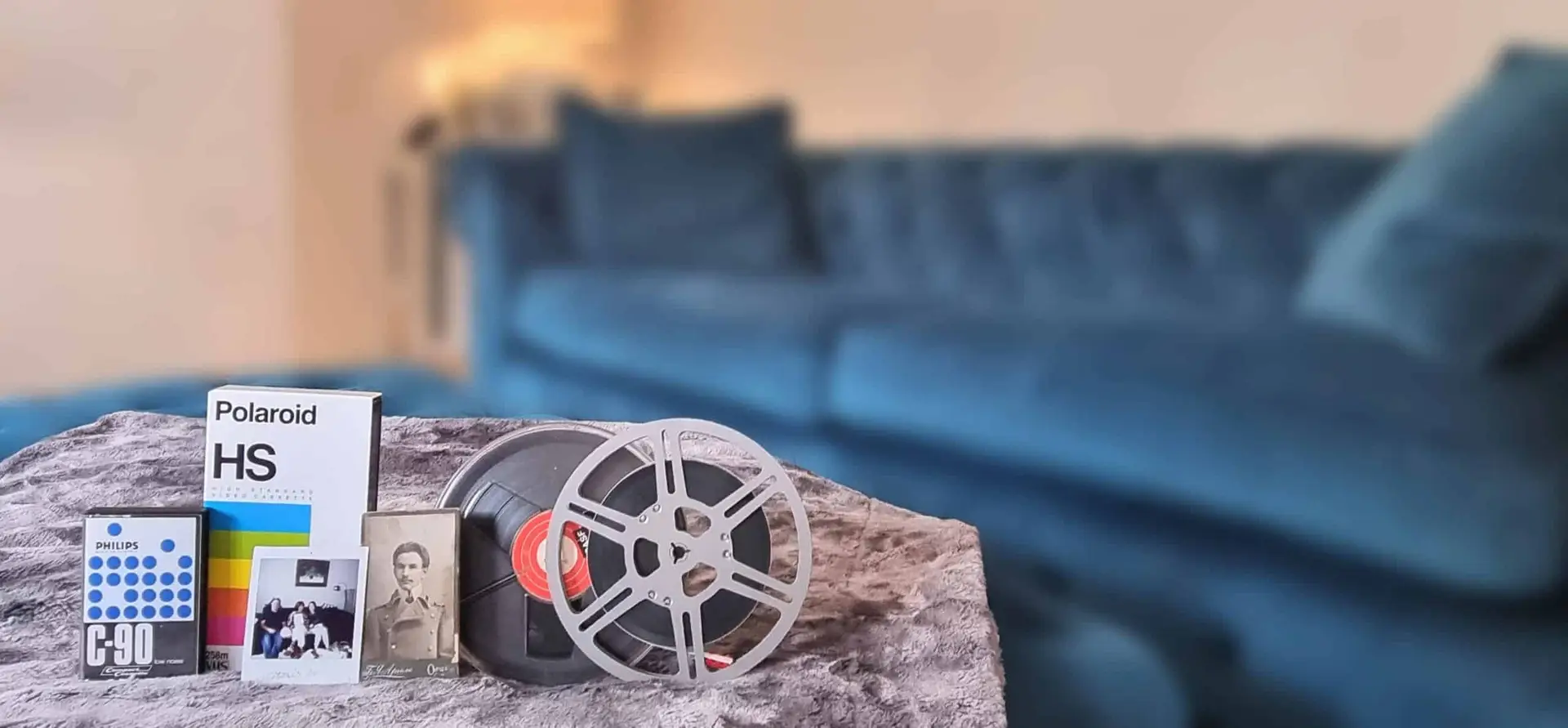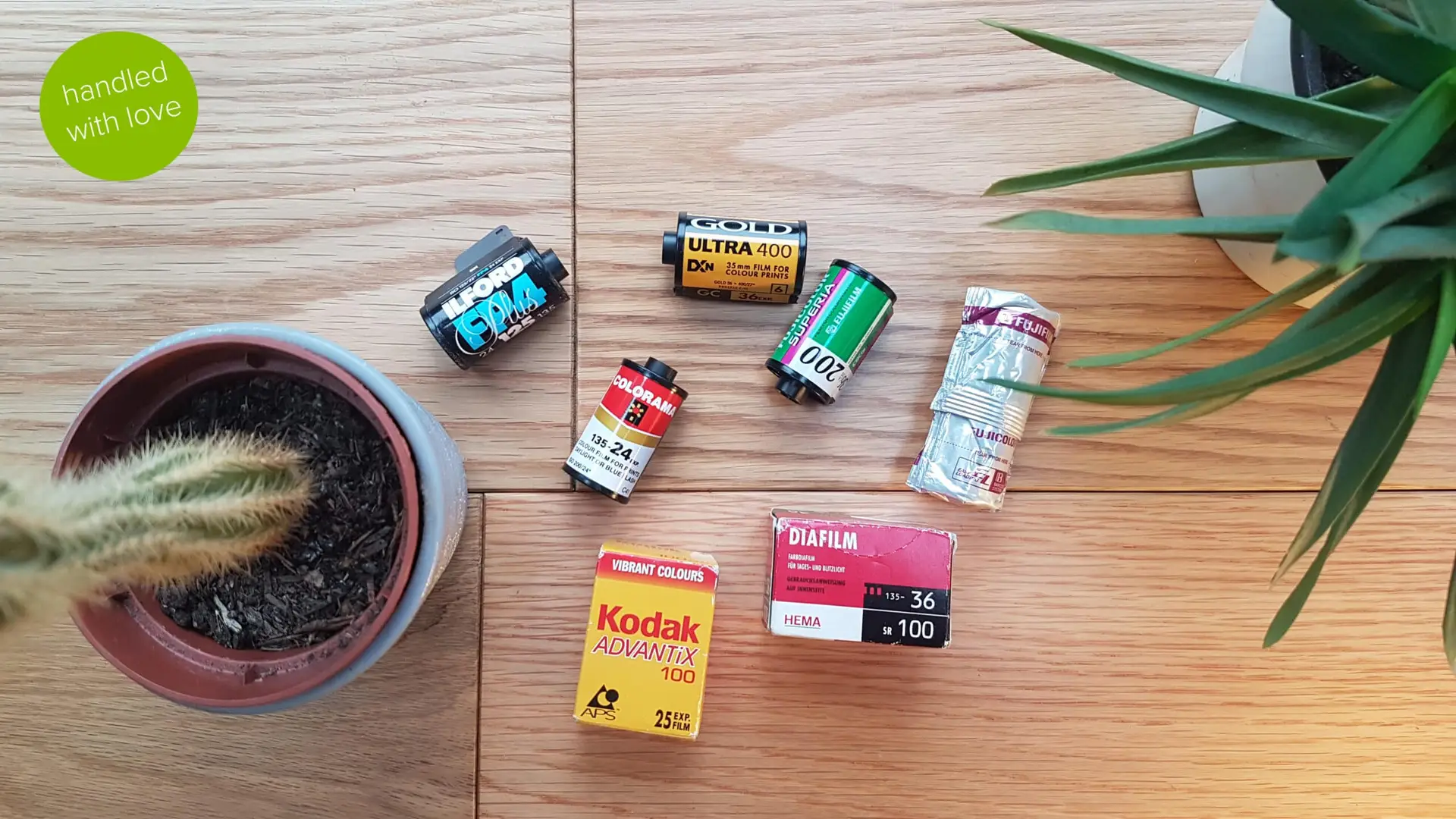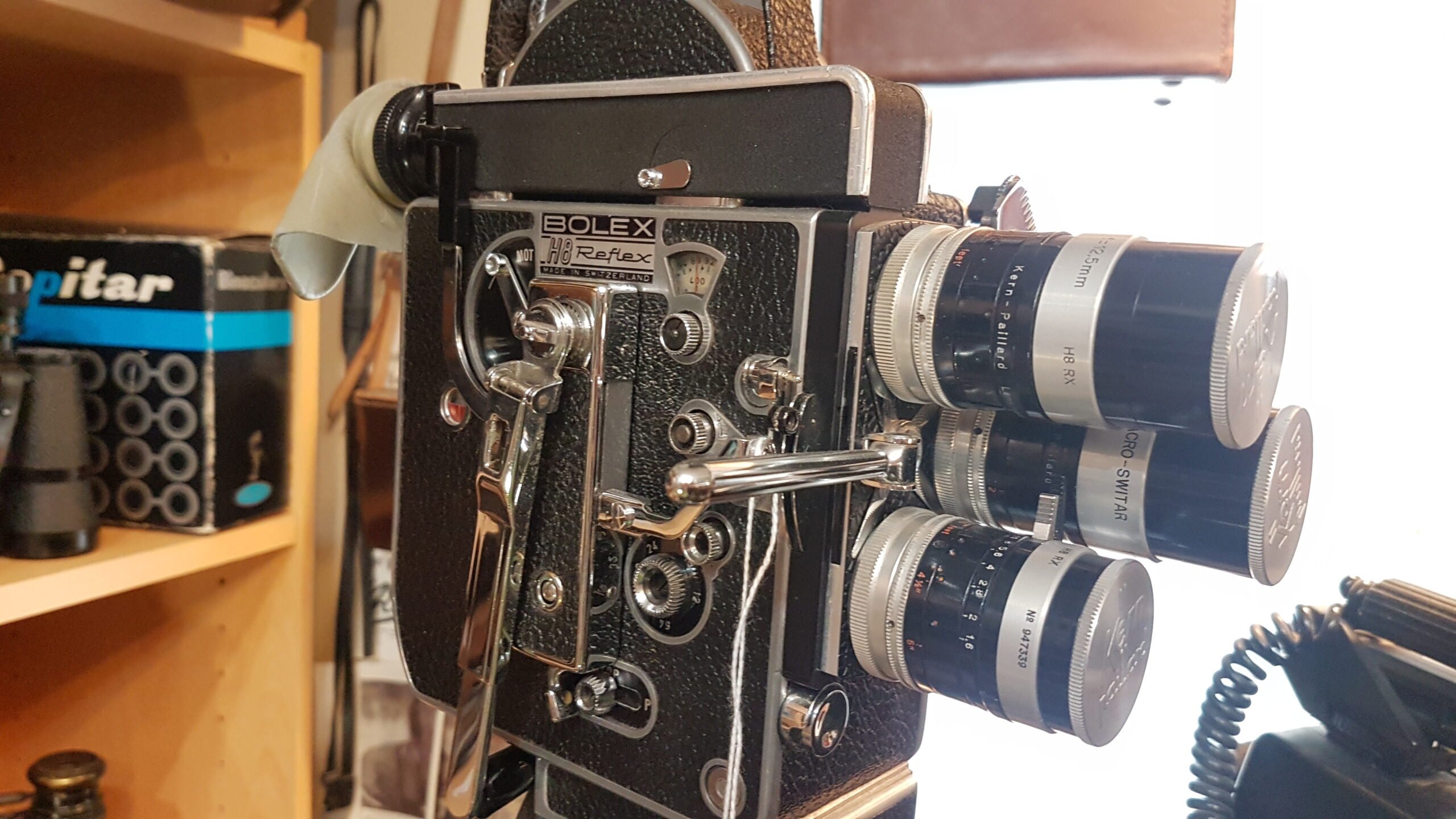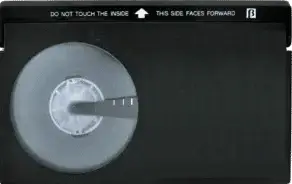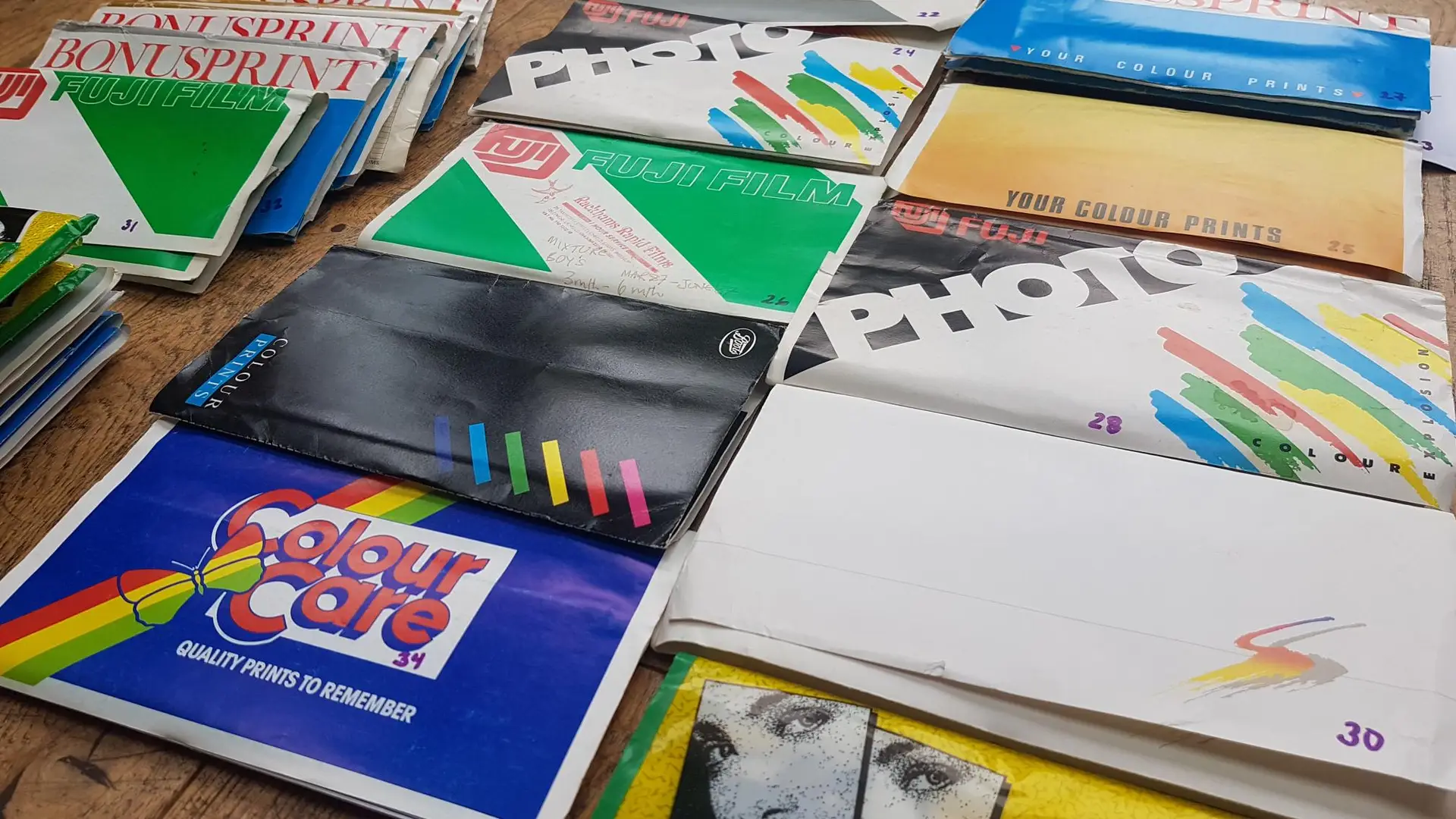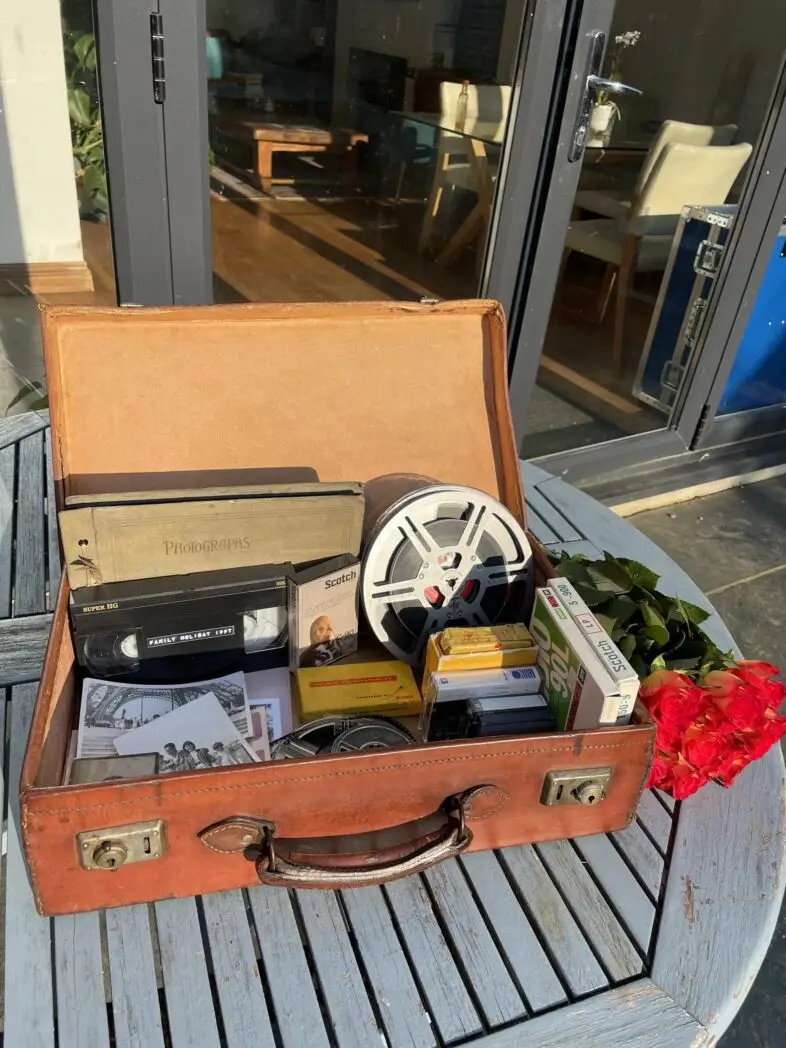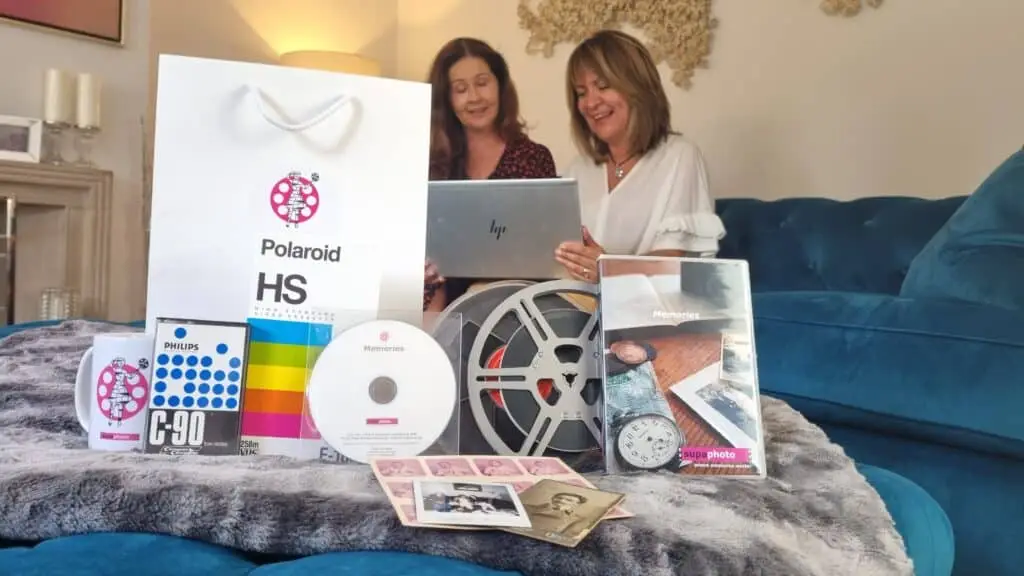Introduction to Old Slides
Photo slides were first created in the 17th century as hand-painted glass lantern slides, evolving over centuries into modern colour film and digital formats.
- Understand early glass lantern slides by Christiaan Huygens.
- See film-based lantern slides emerge in the mid-1800s.
- Discover the 1935 introduction of Kodachrome colour slides.
- Learn how digitisation preserves vintage slides today.
Glass Lantern Slides: The Magic Lantern Era
In a world without digital photography, viewing images meant painting on glass and projecting them. Dutch scientist Christiaan Huygens, inspired by Athanasius Kircher’s projection system, invented the magic lantern in the 17th century. This device—essentially a metal box with a light source and concave lens—displayed crude images such as Huygens’s famous skeleton slide.
Audiences gathered before walls to watch hand‑painted sequences—early entertainment that felt almost magical.
Technical Details of Lantern Slides
These hand‑painted glass slides were inserted behind a lens and lit from within. The light passed through the glass and lens, casting images onto walls or screens. Picture‑show events became public attractions, an early form of mass media.
Expert Insight: “Huygens’s lantern slides were a milestone in visual media, laying the foundation for modern projection” – Science Museum London.
The Transition to Film: The Hyalotype
Mid‑19th century innovators William and Frederick Langenheim introduced translucent film for lantern slides in 1849—shortly after photography’s invention in 1839. This switch improved image clarity, as more light passed through film than through painted glass. Their black‑and‑white lantern slides, sometimes tinted, created sharper projections.
Expert Insight: “Langenheim’s use of film was the first step toward modern slide photography” – Royal Photographic Society.
Their work paved the way for colour photography, which only became truly viable in 1916.
Colour Film Revolution: Kodachrome Slides
The introduction of Kodachrome slides in 1935, using a three‑colour development process devised by John Capstaff, marked a breakthrough. When combined with electric projectors, the experience of viewing photos became vivid and immersive.
Expert Insight: “Capstaff’s process made colour slides affordable and popular worldwide” – National Science & Media Museum.
Pitfalls of Skipping Professional Digitalisation
Attempting to digitise old slides yourself can be time‑consuming and prone to errors: dust, scratches, faded colours, inconsistent scanning quality, and file mismanagement are all common issues. Without professional-grade scanners or software, you might damage slides or lose valuable detail. DIY methods often require hours per slide, and results may be disappointing.
If you’re considering a digitalisation company (or Supaphoto Ltd), be sure to check both the number of Google reviews and their average rating—quality often matters more than quantity.
Project Ideas After Digitising Slides
| Project Idea | Description |
|---|---|
| Family video slideshow | Compile scanned slides into a timeline video with music and transitions. |
| Photo‑book creation | Design a printed coffee‑table book using enhanced slide images. |
| Online gallery | Create a private or public portfolio website to share memories. |
| Art project | Print slides onto canvas or poster paper as retro wall art. |
Statistics & Case Study
Recent research shows that nearly 70 % of UK households have undeveloped film or slides hidden away, with 45 % reporting they’ve lost sentimental memories due to degradation (Photo Heritage UK, 2024). One family in Brighton digitised 4500 slides via Supaphoto Ltd, reclaiming vibrant memories—converting them into a commemorative digital timeline in just two weeks.
Conclusion
From Huygens’s hand‑painted lantern slides to Kodachrome’s vivid colour, the journey of “who invented photo slides” spans centuries of innovation. Modern digitalisation ensures these artifacts endure.
CTA Option 1 (Newsletter): Sign up for our newsletter for tips on preserving and sharing your photo slides.
CTA Option 2 (Demo): Request a free demo to see how we digitise slides in stunning quality.
CTA Option 3 (Social Share): Love your newly digitised photos? Share them using our #SupaphotoSlides hashtag!
Why Trust a Professional Company?
Handling delicate glass or film slides requires specialist scanners and software not found in DIY setups. Supaphoto Ltd is equipped with high‑resolution scanners that preserve detail, colour correction tools, dust‑removal software, and file‑management systems to organise digital assets securely. We also offer quality guarantees and customer support throughout the process.
If you try to do it yourself, you risk permanently damaging heirlooms. With Supaphoto Ltd, you benefit from speed, consistency, and preservation expertise. Check our homepage or visit our Photo Transfer Learning Zone and Photo Preservation pages for detailed guides on protecting and sharing your photo slides. Our decades of experience mean your memories aren’t just digitised—they’re lovingly restored.
Ultimately, it’s always best to work with a professional digitalisation company like Supaphoto Ltd. With their specialist equipment, quality checks, archival-grade file handling and excellent Google reviews, they ensure your treasured photo slides are preserved accurately and beautifully—giving you peace of mind and lasting memories.


